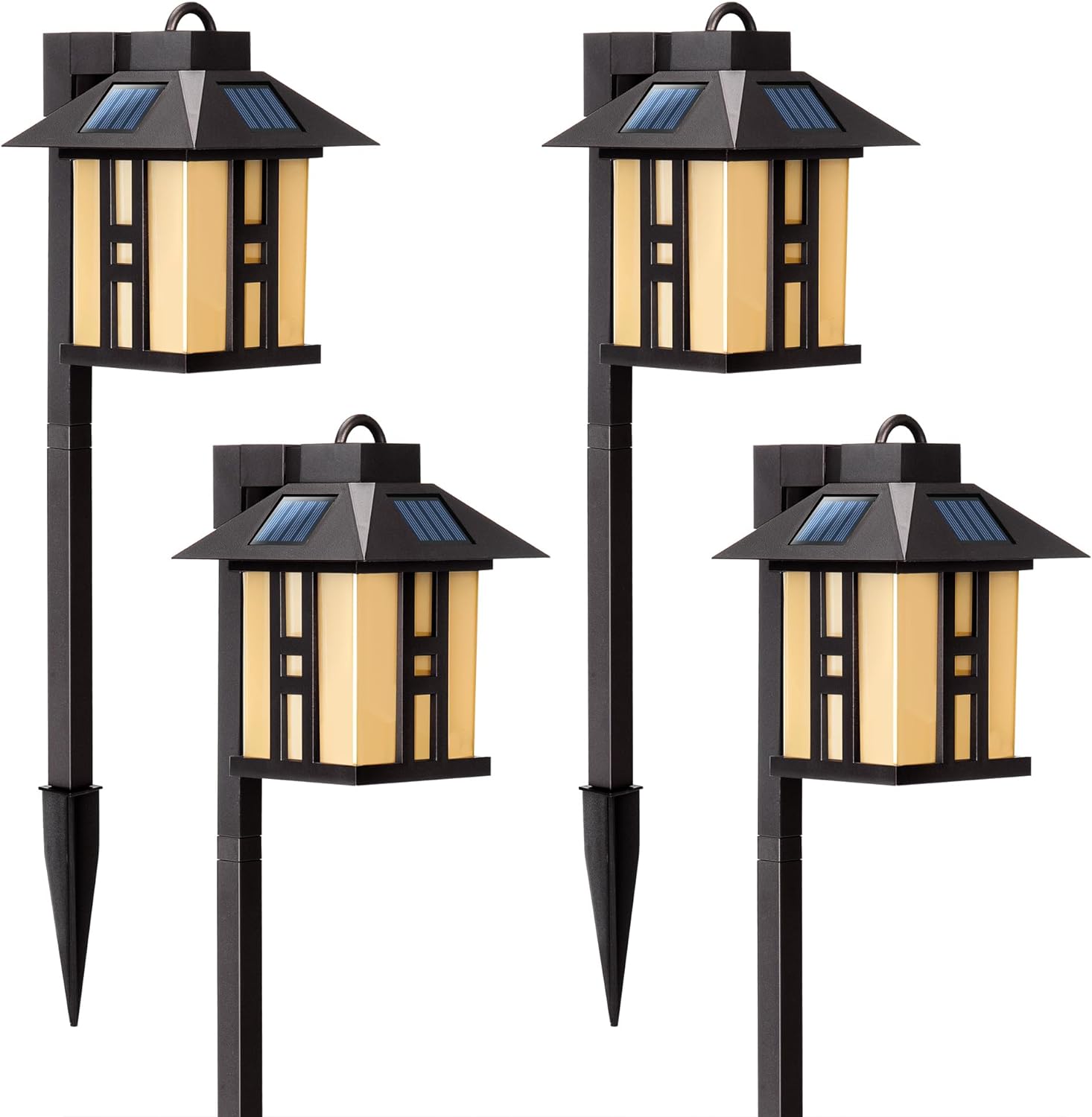Jennifer Aniston's Japanese-inspired garden is a work of art – experts say it will dominate trends in 2025
If you want a calming outdoor space, try taking inspiration from Japanese garden design with its emphasis on foliage rather than flowers


When it comes to creating a calming outdoor space to escape the hustle and bustle of modern life, the plants you choose to grow are key, but with so much choice online or at the garden nursery, it can be hard to know what to plant. One way is to take inspiration from Japanese gardens. While there are several different types of Japanese garden ideas, including dry gardens with raked gravel and tea gardens with tea houses, stepping stones, and water features, what unites them is an atmosphere of tranquillity and a celebration of nature.
Actress Jennifer Aniston's garden, designed by Marcello Villano, is an immaculate, serene and perfectly poised Japanese garden.
Compared to Western gardens, the color palette is restrained, emphasizing foliage rather than flowers – a celebration of green in all its varying shades. Trees and shrubs are used more than herbaceous perennials – plants such as ornamental cherries, acers and rhododendrons are all classic Japanese plants, adding height, structure and seasonal interest with colorful foliage or flowers. These plants all have cultivars that don’t get too big, which means you can still get the look even if you have a small space.
A post shared by Stephen Shadley (@stephenshadley)
A photo posted by on
In this space, Aniston introduces water – an essential element in a Japanese garden. Adding a water feature, or pool, is a wonderful garden decor idea that brings an extra dimension to the front or backyard, providing a focal point and lending a sense of peace and tranquillity.
The planting in and around it is vital to the overall effect of the water itself. Think of weeping willows bending down to the glass surface, or the color of Acer palmatum (maple) reflecting its fire-like gold and orange leaves across a pond or bowl.
A post shared by Stephen Shadley (@stephenshadley)
A photo posted by on
Color is another important consideration in a Japanese garden. Use a variety of green and brown hues – colors found in nature – to create a sense of quiet and calm, a place that is restful, a million miles away from the hectic pace of daily life.
That is not to say that the Japanese do not like color in their gardens. In Japan, if there’s any sort of bright color, it’s one plant at a time. If you're wondering how to plan a garden with a touch of color, go for azaleas, iris and maple – they are all very singular.
Design expertise in your inbox – from inspiring decorating ideas and beautiful celebrity homes to practical gardening advice and shopping round-ups.
A post shared by Stephen Shadley (@stephenshadley)
A photo posted by on
Finally, creating curves, flow and dynamism with garden path ideas – a walkway will become a feature in its own right.
'Pathways are used in Japanese gardens to help the body and soul to wander,' says gardener David Domoney. 'Most Japanese gardens feature decorative paths, walkways, and bridges that meander to unseen areas of the garden.'
Many Japanese gardens have gates that aren’t intended as physical barriers. A gate or bridge can give visitors a sense of discovery and make a garden feel bigger by dividing it.
Each area should be subtly concealed from the next, yet there should also be a sense of connectivity and harmony.
Shop essential Japanese garden features

Enjoy your garden even after sunset with smart solar garden lighting. As with all outdoor lighting, well-positioned illumination can turn patios into extra rooms, illuminate dark borders and corners, and illuminate key features such as trees or sculptures. Solar garden security lighting can also help keep your garden safe.

Jennifer is the Digital Editor at Homes & Gardens, bringing years of interiors experience across the US and UK. She has worked with leading publications, blending expertise in PR, marketing, social media, commercial strategy, and e-commerce. Jennifer has covered every corner of the home – curating projects from top interior designers, sourcing celebrity properties, reviewing appliances, and delivering timely news. Now, she channels her digital skills into shaping the world’s leading interiors website.




